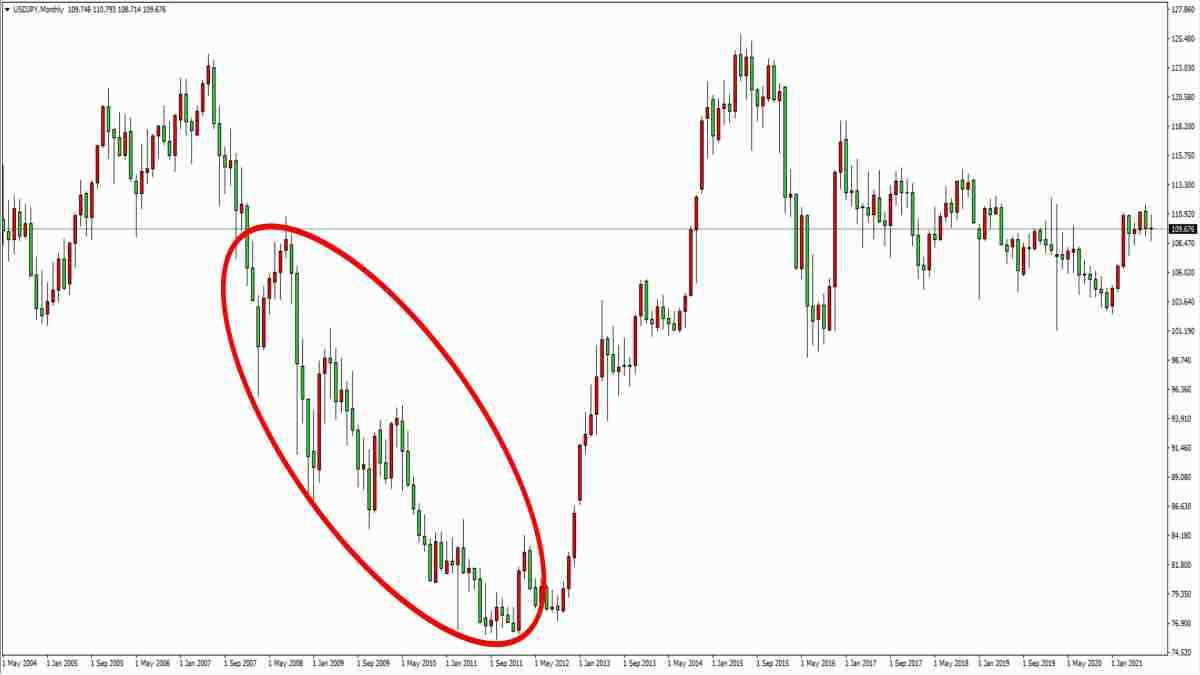Currency Carry Trade: Definition and Example

The currency carry trade is a popular trading strategy in the foreign exchange market. It involves borrowing money in a low-interest-rate currency and investing it in a high-interest-rate currency to take advantage of the interest rate differential. Traders aim to profit from the interest rate differential while also benefiting from potential currency appreciation.
How does it work?

The trader earns interest on the invested funds in the high-interest-rate currency, while paying a lower interest rate on the borrowed funds in the low-interest-rate currency. The difference between the interest earned and the interest paid is the profit from the carry trade.
Risks and considerations

While the currency carry trade can be profitable, it is not without risks. One major risk is exchange rate fluctuations. If the value of the high-interest-rate currency depreciates against the low-interest-rate currency, the trader may experience losses when converting the funds back.
Another risk is interest rate changes. If the interest rate differential narrows or reverses, the potential profit from the carry trade may decrease or turn into a loss.
Traders also need to consider geopolitical and economic factors that can impact currency exchange rates and interest rates. Changes in government policies, economic indicators, and global events can all affect the success of a carry trade strategy.
It is important for traders to carefully analyze and monitor market conditions, as well as implement risk management strategies, to mitigate potential losses.
The currency carry trade strategy is a popular trading strategy in the foreign exchange market. It involves borrowing in a low-interest-rate currency and investing in a high-interest-rate currency to take advantage of the interest rate differential. This strategy aims to profit from the interest rate differential while also potentially benefiting from exchange rate movements.
Here are the key components of the currency carry trade strategy:
- Interest Rate Differential: The currency carry trade strategy relies on the interest rate differential between two currencies. Traders look for currencies with high-interest rates and low-interest rates to maximize their potential profits.
- Borrowing and Investing: Traders borrow in the low-interest-rate currency and invest in the high-interest-rate currency. By doing so, they can earn the interest rate differential as a profit.
- Risk Management: The currency carry trade strategy involves certain risks. Exchange rate fluctuations can erode profits or even lead to losses. Traders need to implement risk management techniques, such as stop-loss orders, to protect their investments.
- Monitoring Economic Conditions: Traders need to stay updated on economic conditions and central bank policies that can impact interest rates. Changes in interest rates can affect the profitability of the carry trade strategy.
- Long-Term Approach: The currency carry trade strategy is typically a long-term strategy. Traders aim to earn profits from the interest rate differential over an extended period. Short-term fluctuations in exchange rates may not significantly impact the overall profitability of the strategy.
Overall, the currency carry trade strategy can be a profitable trading strategy if executed correctly. However, it is important for traders to understand the risks involved and implement proper risk management techniques. Additionally, staying informed about economic conditions and central bank policies is crucial for the success of this strategy.

Emily Bibb simplifies finance through bestselling books and articles, bridging complex concepts for everyday understanding. Engaging audiences via social media, she shares insights for financial success. Active in seminars and philanthropy, Bibb aims to create a more financially informed society, driven by her passion for empowering others.
